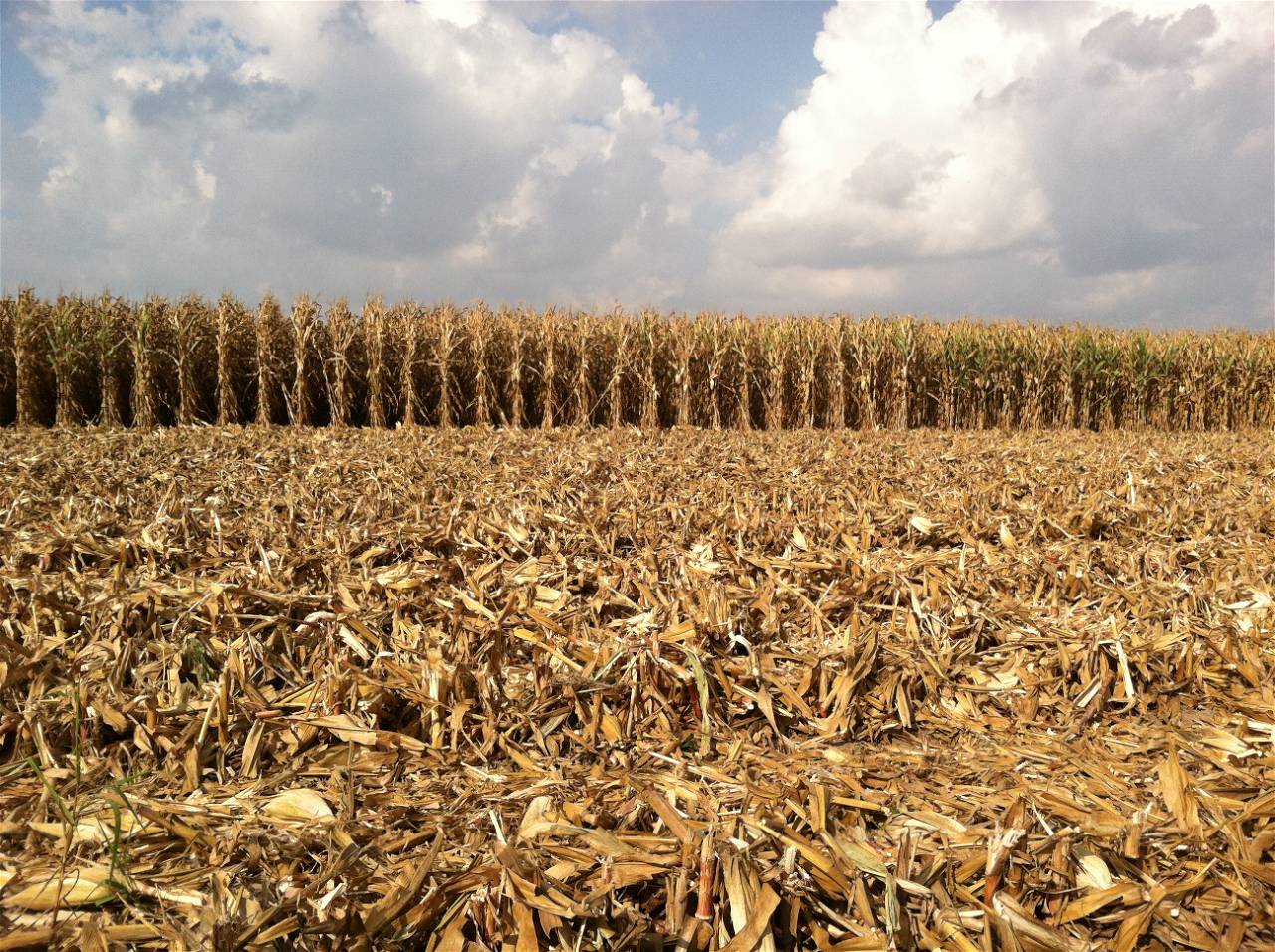
There's an unprecedented rise in the amount of CO2 in the atmosphere - almost an increase of more than 20% in less than 40 years, owing largely to human activities. This is exacerbating the problem of global warming resulting in extreme events like heat waves, forest fire, floods and many others. Therefore, it's very important to sequester carbon effectively to slow the speed of climate change.
Excess carbon finds its way into the atmosphere. Should we fail to reverse this unfortunate trend, we will fail to achieve the Paris Agreement's goal of reducing greenhouse gas emissions by 40 percent by 2030, as per CONCITO, Denmark's Green Think Tank.
Recent Findings:
Researchers and Farming specialists have been focusing on how to store and bind carbon to soil. In research, they found that by letting crop residues to rot in the field itself is good for environment and doing so makes food crops more nutritious and increases yields.
While finding newer ways of carbon sequestration in soil, team of researchers from the University of Copenhagen and the Technical University of Munich came into the picture.
In their latest findings, they argued for the potential of simply allowing agricultural crop residues to rot in fields as plant material that lies to rot in soil is not just valuable as compost but also plays a crucial role in sequestering carbon, which is must for reducing global CO2 emissions.
"Fragments of dead plants in soil are often considered as fast food for microbes and fungi. But our study demonstrates that plant residues actually play a more significant role in forming and sequestering carbon in soil than what was once thought," explains Kristina Witzgall, a PhD Candidate at the Technical University of Munich and the study's lead author.
Earlier, researchers mainly concentrated on carbon storage in the surfaces of minerals like clay. Now, new results highlight that plant residues themselves have the ability to store carbon and perhaps for longer than previously thought. This is due to the number of important processes take place directly upon the surface of these plant remains.
"We demonstrate that agricultural crop residues are absolutely central to carbon storage and that we must use them in a much more calculated way in the future. Plant residues make it possible for carbon, in all likelihood, to be stored in soil for roughly four times longer than if they aren't added," said Carsten Müller, the study's co-author and an associate professor at the University of Copenhagen's Department of Geosciences and Natural Resource Management.
For understanding how plant residues store carbon, it's very important to know that plant tissue already contains carbon absorbed by plants from the atmosphere via photosynthesis. As plant matter rots, carbon can be directly transferred into the soil in a number of ways.
Reducing the amount of CO2 in future
This method of leaving crop residues like stalks, stubble and leaves to rot is not unheard of when it comes to improving the productivity of agricultural land.
But this whole process of leaving or deploying rotten plants as a tool to store carbon should be taken more seriously and considered as a strategy to be expanded, according to the researchers of University of Copenhagen.
"The fertile and climate-friendly agricultural lands of the future should use crop residue as a way of sequestering carbon. We will also be conducting experiments where we add rotten plant matter deeper into the soil, which will allow carbon to be stored for even longer periods of time," says Carsten Müller.
These findings can be used to understand the role of crop residues for carbon storage in the future.
Furthermore, Kristina Witzgall goes on to say that a variety of initiatives are needed to increase carbon sequestration, such as crops that can absorb atmospheric carbon and the restoration of lost forests.
















